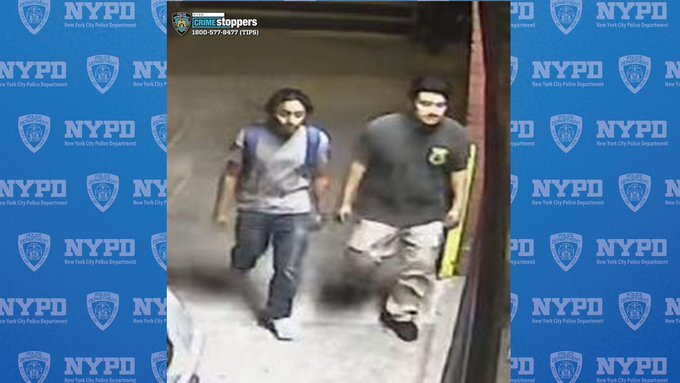By Rebecca Henely
Do jurors who regularly watch the television show “CSI” have warped expectations for what evidence can and should be collected, thereby hurting prosecutors’ chances to convict criminals?
Marjory Fisher, chief of the Queens district attorney’s office’s Special Victims Bureau, attempted to answer the question when she spoke to a group of sexual assault forensic examiners, who collect evidence from a victim who has been raped, and social workers at Elmhurst Hospital Center June 27.
Fisher’s talk centered around how the hit crime show and its numerous spin-offs, which revolve around forensic scientists solving crimes, blur scientific fact with science fiction. At the same time she stressed the importance of SAFE examiners and social workers in convicting rapists and other criminals.
“It’s a fascinating subject, and it’s something that worried me for a long time,” Fisher said.
Fisher said prosecutors have long wondered about how shows like “CSI” and “Law & Order” have affected jurors’ views on what evidence should or must be available to convict someone. She said these shows sometimes portray false or ludicrous ways of collecting evidence, such as identifying a killer from the picture of the reflection in a victim’s eye or finding the blood of a criminal in a mosquito.
She said one show also portrayed an infant showing the symptoms of Shaken Baby Syndrome a week and a half after being shaken, even though the effects of such an assault are immediate.
“I find them really aggravating,” Fisher said of the shows, “because a lot of times they manipulate the facts to the story they want to tell.”
But more pervasive are the mistaken assumptions that science can solve every case, that forensic evidence exists in every case or that forensic tests take seconds and are available immediately. The shows also portray a handful of investigators working on all aspects of one case, when in reality multiple agencies handle many different aspects of a case.
Fischer said in some studies prosecutors reported jurors who watch crime dramas would be suspicious or less willing to convict if forensic or DNA evidence was not available. Sometimes the demand for more evidence of this type can result in laboratories and then courts becoming backlogged with cases.
On the other hand, Fischer said there had been no indication that conviction rates have decreased since “CSI” has become popular. She also said the show has had the effects of making jurors more pro-prosecutor and has destigmatized victims of rape.
Fischer told SAFE examiners that with the rise of “CSI,” their evidence gathering has been crucial to convincing the jury of a criminal’s guilt.
“The work that you do in the hospital is what jurors are looking for,” she said.
Rebecca Carman, a social worker at the hospital, said she thought it was beneficial for SAFE examiners to hear from Fisher, whose work comes at the end of the conviction process, whereas theirs starts at the beginning.
“She’s definitely way more incredible than anyone you see on TV,” Carman said.
Reach reporter Rebecca Henely by e-mail at rhenely@cnglocal.com or by phone at 718-260-4564.


































